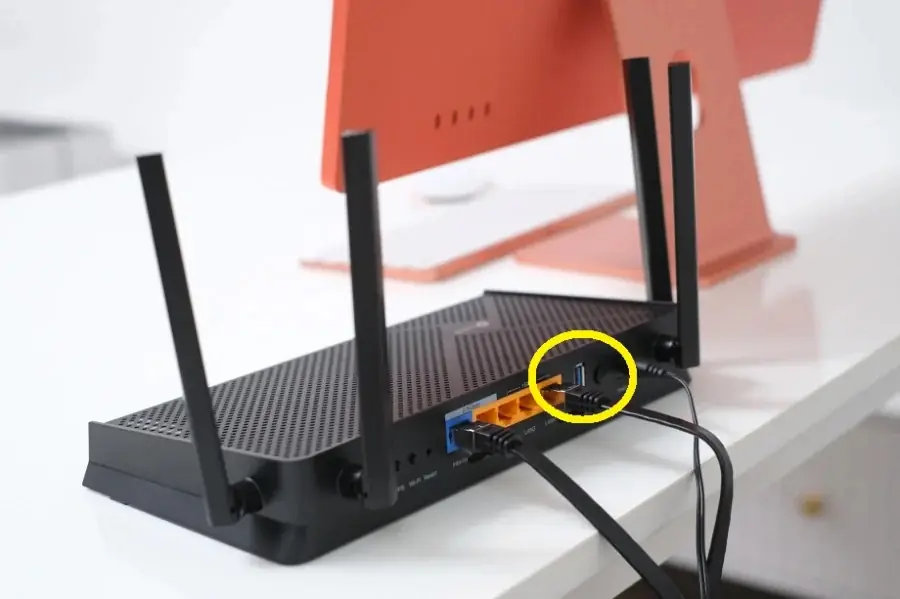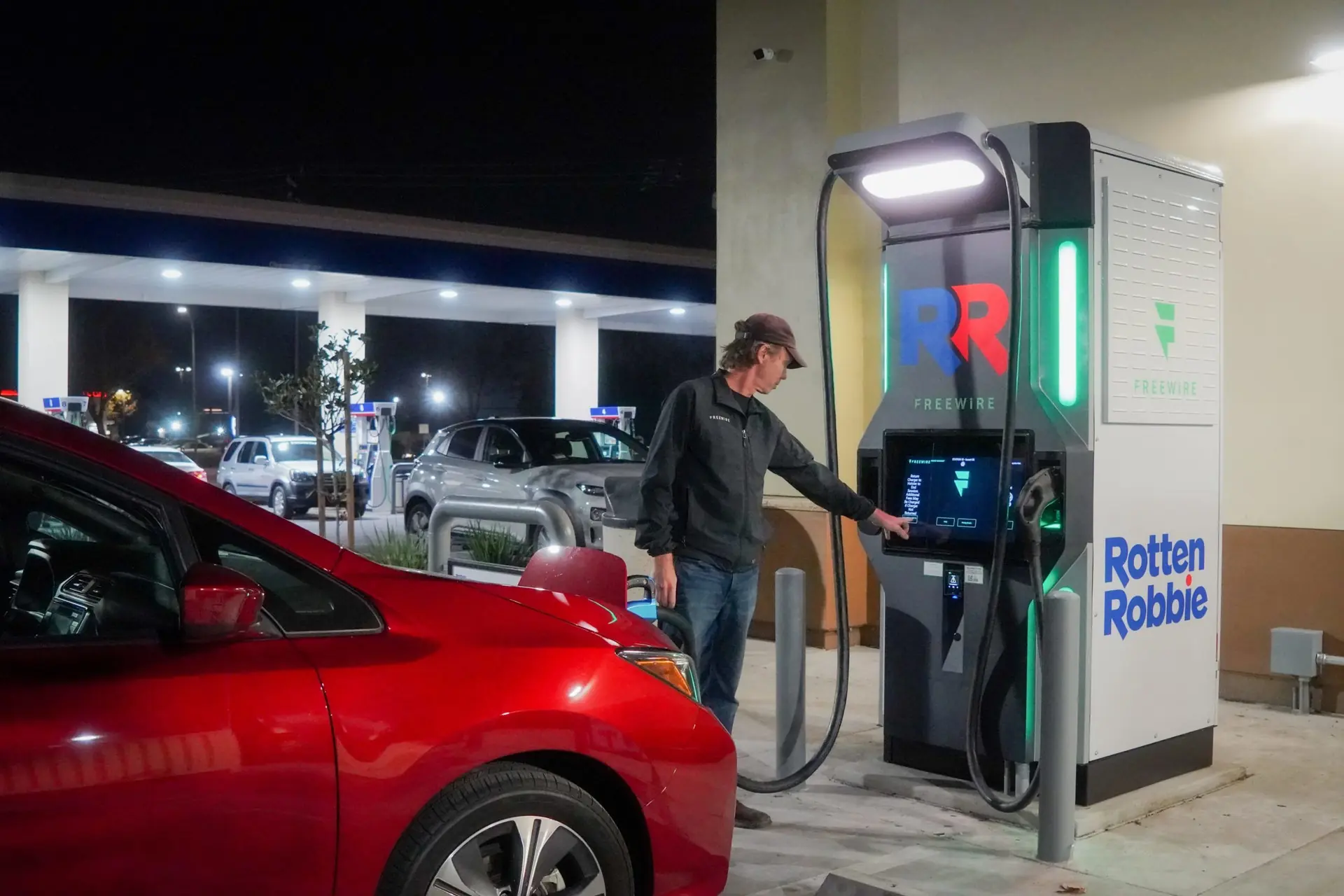Installing the outdoor unit of an air conditioner on the balcony or rooftop is a common choice for saving space and reducing noise inside the room. However, if not done correctly, it can affect the performance and longevity of the unit.
✅ Advantages of Installing the Outdoor Unit Outside
-
Saves Space Indoors: Installing the outdoor unit on the balcony or rooftop frees up space inside the home, making the room more spacious.
-
Reduces Noise: The outdoor unit typically generates noise during operation. Placing it outside helps minimize the noise inside the living space.
-
Increases Cooling Efficiency: When placed outside, the unit can dissipate heat more efficiently, which helps maintain the air conditioner's stable performance.
⚠️ Potential Risks
-
Affects the Unit’s Longevity: Continuous exposure to direct sunlight, rain, and dust can lead to faster wear and tear of the outdoor unit.
-
Fire Hazards: During summer, high temperatures combined with constant use of the air conditioner can cause overloads, potentially leading to electrical malfunctions or fires.
-
Difficult Maintenance: Accessing the outdoor unit placed on a rooftop or high balcony can be challenging, making regular maintenance and repairs harder.
🛠️ Installation Tips
-
Protect the Outdoor Unit: It’s important to design a protective roof or netting to minimize weather-related damage.
-
Ensure Proper Spacing: The outdoor unit should be installed at least 10 cm away from the wall, with no obstacles in front to ensure adequate airflow.
-
Regular Technical Inspections: Perform regular maintenance to identify and fix any issues early, ensuring the air conditioner runs efficiently.
Conclusion: Installing the air conditioner’s outdoor unit on the balcony or rooftop is a viable option if done correctly with proper precautions. The key is to ensure safety, optimal performance, and ease of maintenance for the unit.































